A brief introduction to the main coffee producing areas in South America and their well-known representative coffee flavor characteristics
For professional baristas, please follow the coffee workshop (Wechat official account cafe_style)
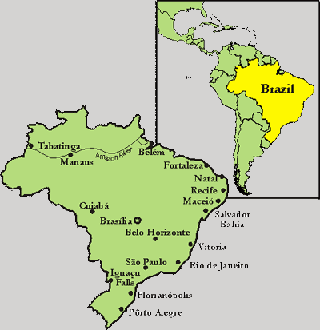
Brazil (Brazil) famous representative coffee: Santos
Brazil is the world's largest coffee producer, with the first total output in the world, accounting for about 1 of the world's total output. Brazil is mainly produced in the central and southern provinces. Brazil is suitable for growing coffee areas, the terrain is relatively flat, coffee gardens are mostly less than 1200 meters above sea level, and there is no shade from big trees, because raw and ripe berries are harvested at the same time, it is not fine coffee. The quality of Brazilian coffee is average but less excellent, its bean quality is soft, and it is obviously not resistant to heat in the roasting process. Among the varieties, Santos is more famous, which is named after its export port Santos. Brazilian coffee beans are neutral and can be tasted alone (though a bit monotonous), or mixed with other kinds of coffee beans to form a comprehensive coffee, which is generally considered to be indispensable in blending.
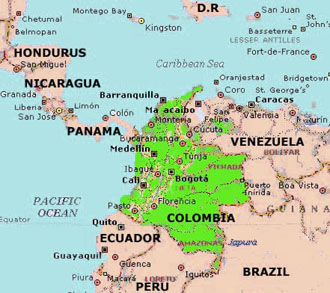
Colombia (Colombia) well-known representative coffee: Colombia
Colombia is the world's second largest exporter of coffee, accounting for about 15% of global production. Most of its coffee trees are grown in three mountains stretching north and south, with only Arabica species. Although its output ranking is lower than that of Brazil, the coffee beans are of good quality, rich and unique aroma, sweet in acidity and moderate bitterness, which is very suitable for single drink or mixture. Colombian beans and Brazilian beans are the best choice of basic beans for blended coffee, but their flavor is more mellow and more fragrant than Brazilian beans. In addition to individual taste, they are also often used to blend coffee to increase the sweetness of coffee and to blend the bitterness of other coffee.
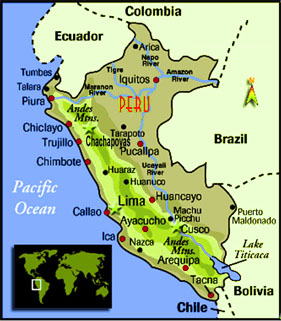
Peru (Peru) famous representative coffee: Peru
Peru is one of the major coffee producers in South America, and coffee is Peru's largest export of agricultural products, which has grown significantly in recent years, reaching an all-time high in 2006. From the map, you can see that there are Andes parallel to the coast in Peru. More than 90% of Peruvian coffee is grown in the north, in valleys east of the capital Lima, and in forest areas on the slopes of the Andes. Peruvian coffee beans have a round taste, moderate mellow, not thick not light, soft acid is one of its major characteristics, with a slightly drupe flavor. With the increase in export volume, coffee hobbies are becoming more and more familiar. At present, more and more people like Peruvian coffee with its mellow taste and soft sour taste.
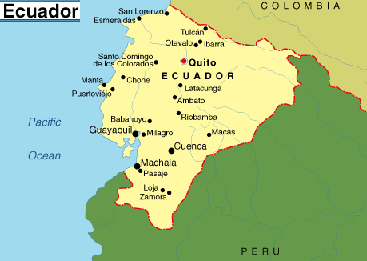
Ecuador (Ecuador) famous representative coffee: Galapagos (Galapagos)
Ecuador, which passes through the equator between Colombia and Peru, is one of the few countries in South America that produces both Arabica and robusta coffee. In fact, Ecuador means "equator" in Spanish. Due to the use of old-fashioned traditional harvesting and handling methods, Ecuadorian coffee is not included in the list of boutique coffee, so it is generally rare and unfamiliar. Ecuador faces the Pacific Ocean, and near the equator, about 900km west of longitude 90 degrees, Ecuador is also dependent on the Galapagos Island Islands, also known as Cologne, which produces the well-known Galapagos coffee. In order to protect the natural ecology, the Ecuadorian government has designated the archipelago as a national park and banned the use of chemical fertilizers, pesticides and other chemicals, so coffee in the Galapagos Islands is recognized as organic coffee. Galapagos Islands coffee flavor is more balanced and neutral, moderately mellow, with a little obvious but pleasant acidity, with a special aroma. However, because it is rarely seen on the market, not many people talk about this coffee.
Important Notice :
前街咖啡 FrontStreet Coffee has moved to new addredd:
FrontStreet Coffee Address: 315,Donghua East Road,GuangZhou
Tel:020 38364473
- Prev
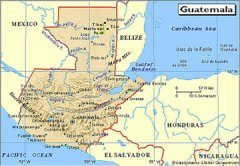
A brief introduction to the main coffee producing areas in Central America and their well-known representative coffee flavor characteristics
For the exchange of professional baristas, please follow the coffee workshop (Wechat official account cafe_style) Guatemala (Guatemala) well-known representative coffee: Antigua (Antigua), Vivette Nango (Huehuetenango) Guatemala's latitude is about 15 degrees, the left is adjacent to the Pacific Ocean, the right is the Caribbean Sea. The Sierra Mountains on this side of the Pacific Ocean are the main sources of Guatemalan coffee.
- Next
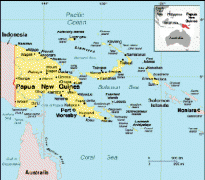
A brief introduction to the main producing areas of Oceania coffee and the flavor characteristics of its well-known representative coffee
Professional baristas exchange please follow the coffee workshop (Wechat official account cafe_style) well-known representative coffee: new Guinea New Guinea is located in northern Australia, also known as Papua New Guinea. The world's second-largest island in the Pacific Ocean grows Arabica coffee trees, which are washed to treat coffee beans in the north-central Hagen Mountains. The new ones.
Related
- Does Rose Summer choose Blue, Green or Red? Detailed explanation of Rose Summer Coffee plots and Classification in Panamanian Jade Manor
- What is the difference between the origin, producing area, processing plant, cooperative and manor of coffee beans?
- How fine does the espresso powder fit? how to grind the espresso?
- Sca coffee roasting degree color card coffee roasting degree 8 roasting color values what do you mean?
- The practice of lattes: how to make lattes at home
- Introduction to Indonesian Fine Coffee beans-- Java Coffee producing area of Indonesian Arabica Coffee
- How much will the flavor of light and medium roasted rose summer be expressed? What baking level is rose summer suitable for?
- Introduction to the characteristics of washing, sun-drying or wet-planing coffee commonly used in Mantenin, Indonesia
- Price characteristics of Arabica Coffee Bean Starbucks introduction to Manning Coffee Bean Taste producing area Variety Manor
- What is the authentic Yega flavor? What are the flavor characteristics of the really excellent Yejasuffi coffee beans?

